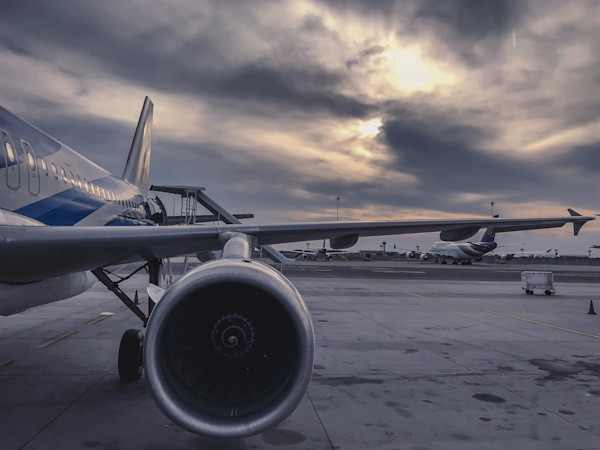The Transition to Unleaded Aviation Gasoline: A Step Toward Sustainability

The aviation industry is steadily moving away from leaded aviation gasoline (100LL) in favor of unleaded alternatives. This change is being driven by the need to reduce environmental impact and address the growing concern over lead pollution, which has long been associated with general aviation.
The shift to unleaded aviation fuel is an important step for general aviation, and several companies have been working on developing viable alternatives. One such fuel is G100UL, which has been approved by the FAA for use in aircraft engines. While the transition to unleaded fuels is still underway, G100UL and other alternatives are being tested and refined to ensure they perform reliably in existing aircraft.
The change also aims to help the industry meet regulatory standards and support the broader environmental goals of reducing harmful emissions. Though unleaded fuels are not yet widely available at every airport, their adoption is growing, and the shift is expected to be a key factor in the continued sustainability of the aviation industry.
As the demand for cleaner and more sustainable fuel options increases, it’s clear that the aviation community is working toward reducing its carbon footprint. While challenges remain, the shift to unleaded aviation fuel represents an exciting and necessary change that will benefit both the environment and the industry at large.
Sources:
AOPA (2024). "100 Unleaded Avgas." Retrieved from
General Aviation News (2024). "Transition to Unleaded Aviation Gasoline." Retrieved from
